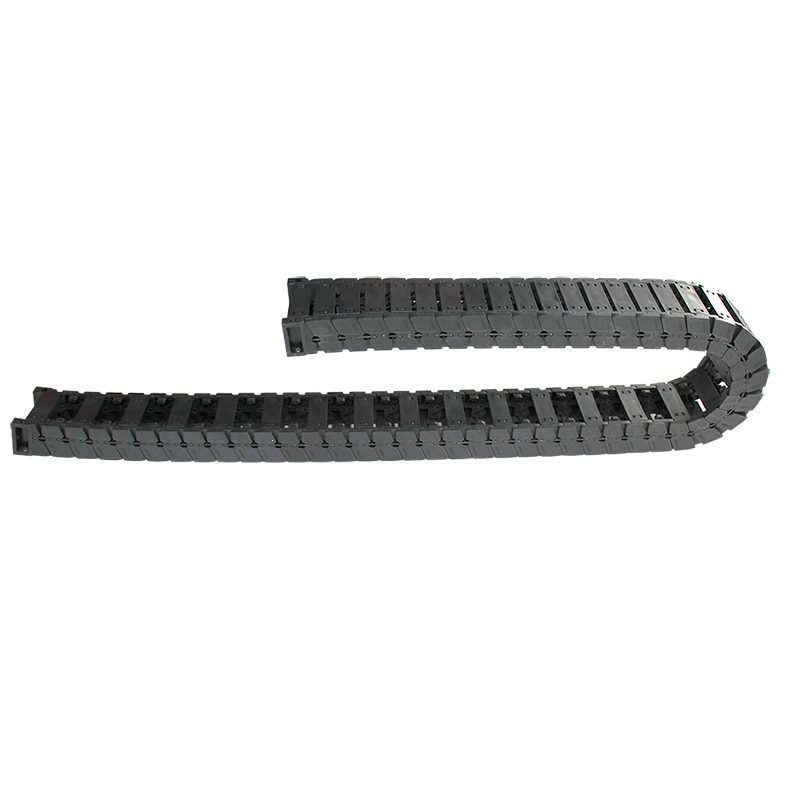what is a chip conveyor
Understanding Chip Conveyors An Essential Component in Manufacturing
In the realm of manufacturing, efficiency plays a crucial role in maintaining a competitive edge. One of the unsung heroes of this efficiency is the chip conveyor. But what exactly is a chip conveyor, and why is it so important in modern manufacturing processes?
Definition and Function
A chip conveyor is a type of conveyor system specifically designed to transport metal chips, shavings, and scrap materials generated during machining processes, such as milling or turning. These systems are essential for keeping production areas clean and organized. As machines operate, they produce byproducts in the form of small metal pieces, which can accumulate quickly if not managed properly. Chip conveyors automate the process of removing these materials, ensuring that workers can focus on their tasks without the distraction or hazard of cluttered workspaces.
Types of Chip Conveyors
There are several types of chip conveyors, each tailored to meet specific needs based on the manufacturing setup
1. Slat Conveyors These use slats or plates mounted on a chain to move chips horizontally or at a slight incline. They are particularly useful for larger or heavier chips.
2. Magnetic Conveyors Utilizing magnets, these conveyors are used to transport ferrous materials, like iron or steel chips. They can effectively handle slippery or oily chips that might otherwise be difficult to convey.
3. Apron Conveyors This type employs overlapping metal plates or links to create a continuous surface for moving chips. They are ideal for heavy-duty applications, particularly where larger volumes of material need to be transported.
4. Drag Chain Conveyors These are designed with a chain that drags a series of flights through the conveyor channel to move chips. They are efficient for transporting material over long distances and can manage larger volumes of chips safely.
5. Belt Conveyors Common in many industries, belt conveyors can also be configured to transport chips. They are versatile and can be used for a variety of materials, but care must be taken to prevent slippage or clogging.
Advantages of Using Chip Conveyors
The integration of chip conveyors into manufacturing processes offers numerous benefits
what is a chip conveyor

- Increased Efficiency By automating the removal of chips, labor costs can be reduced, and machine uptime can be maximized as machines continue to work seamlessly without the interruption of manual clean-up.
- Enhanced Safety Accumulations of chips can create hazardous conditions
. Chip conveyors help maintain a safer working environment by removing debris that could cause slips or other accidents.- Improved Quality Control With the debris out of the way, operators can ensure that parts are machined correctly without contamination from leftover chips, which might affect the final product.
- Better Equipment Longevity Excessive chip accumulation can lead to wear and tear on machines. By removing these materials promptly, manufacturers can extend the lifecycle of their equipment, resulting in cost savings over time.
Choosing the Right Chip Conveyor
Selecting the appropriate chip conveyor involves consideration of several factors
1. Type of Material The nature of the chips (metal, size, shape) will influence the choice of conveyor.
2. System Configuration The layout of the manufacturing floor will determine the flexibility and length of the conveyor needed.
3. Maintenance Requirements Some systems are easier to maintain than others. It's essential to consider long-term serviceability.
4. Budget While investing in a conveyor system can save money over time, the initial cost must align with budget constraints.
Conclusion
In summary, chip conveyors are a vital component in ensuring efficient and safe manufacturing operations. They streamline the process of managing waste, allowing companies to optimize workflows and maintain high standards of safety and quality. As manufacturing technology continues to evolve, the role of chip conveyors will undoubtedly expand, leading to even more innovative solutions for waste management in the industry. By understanding their importance and the options available, manufacturers can make informed decisions that enhance productivity and protect their workforce.








